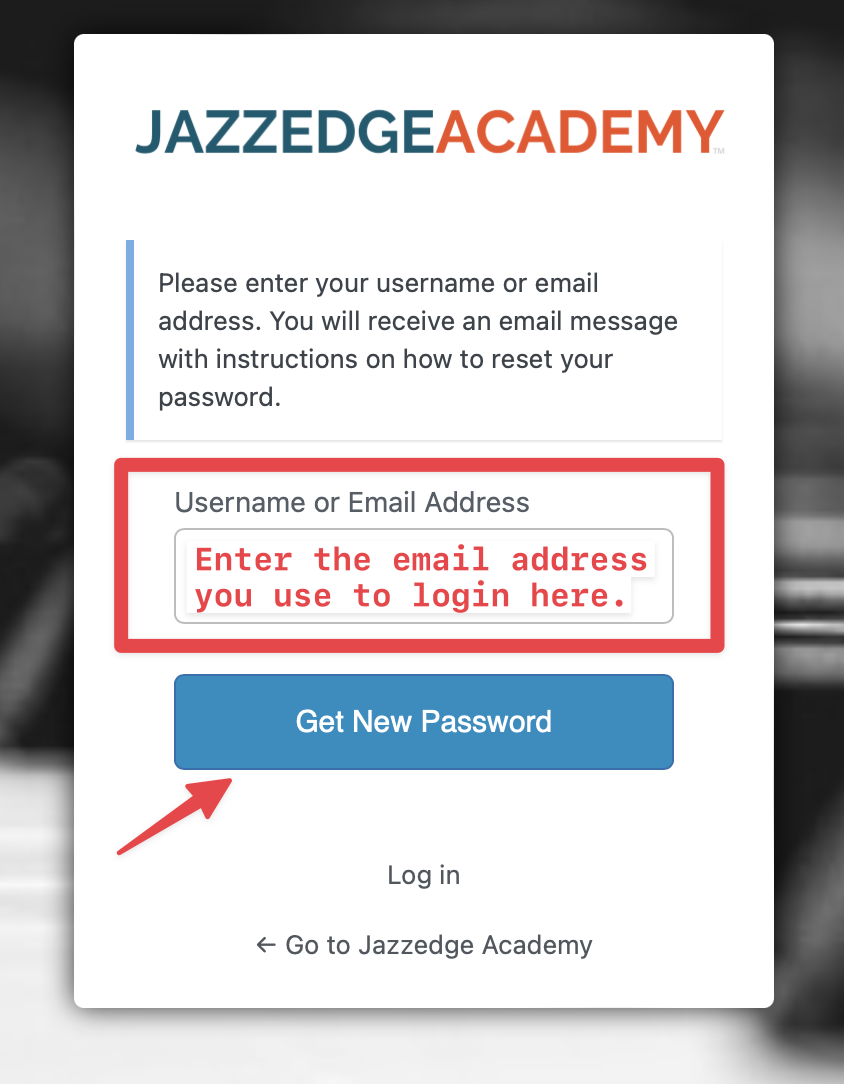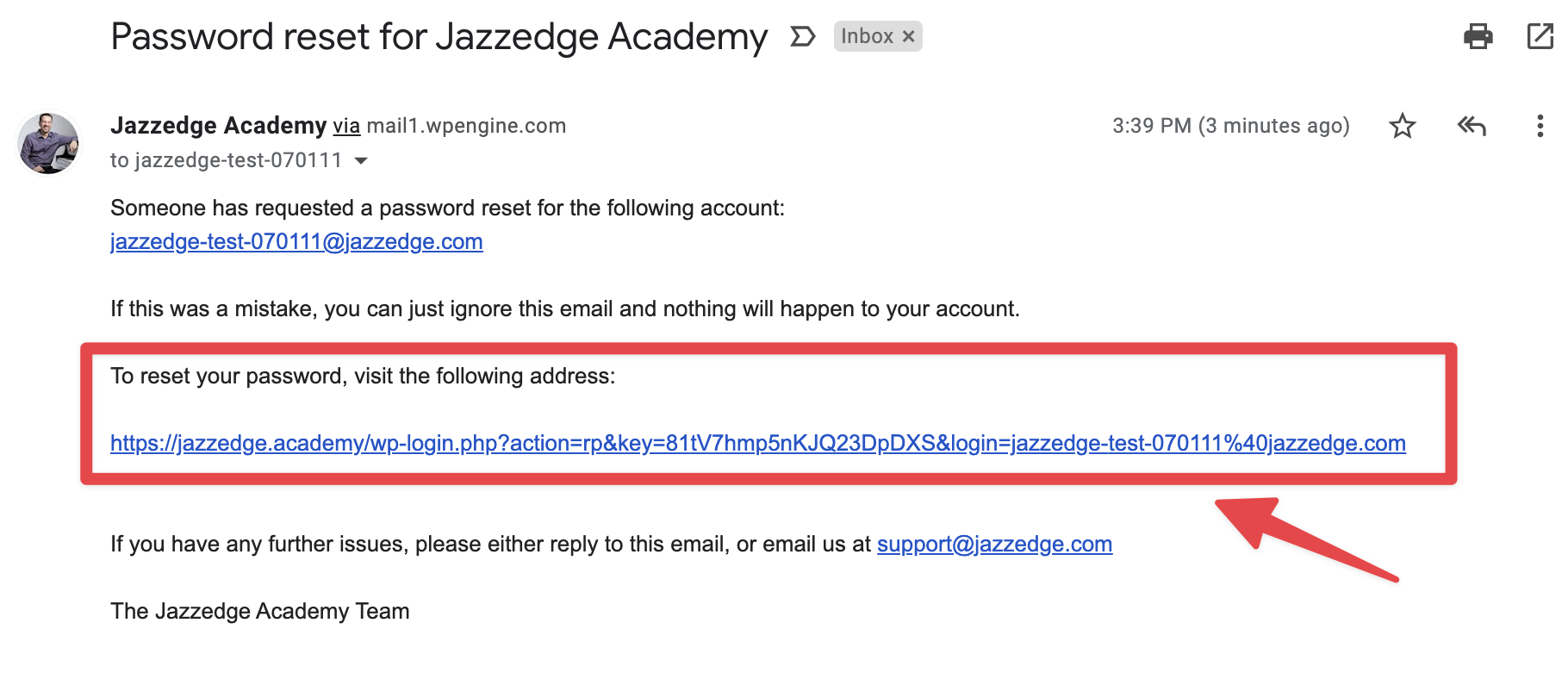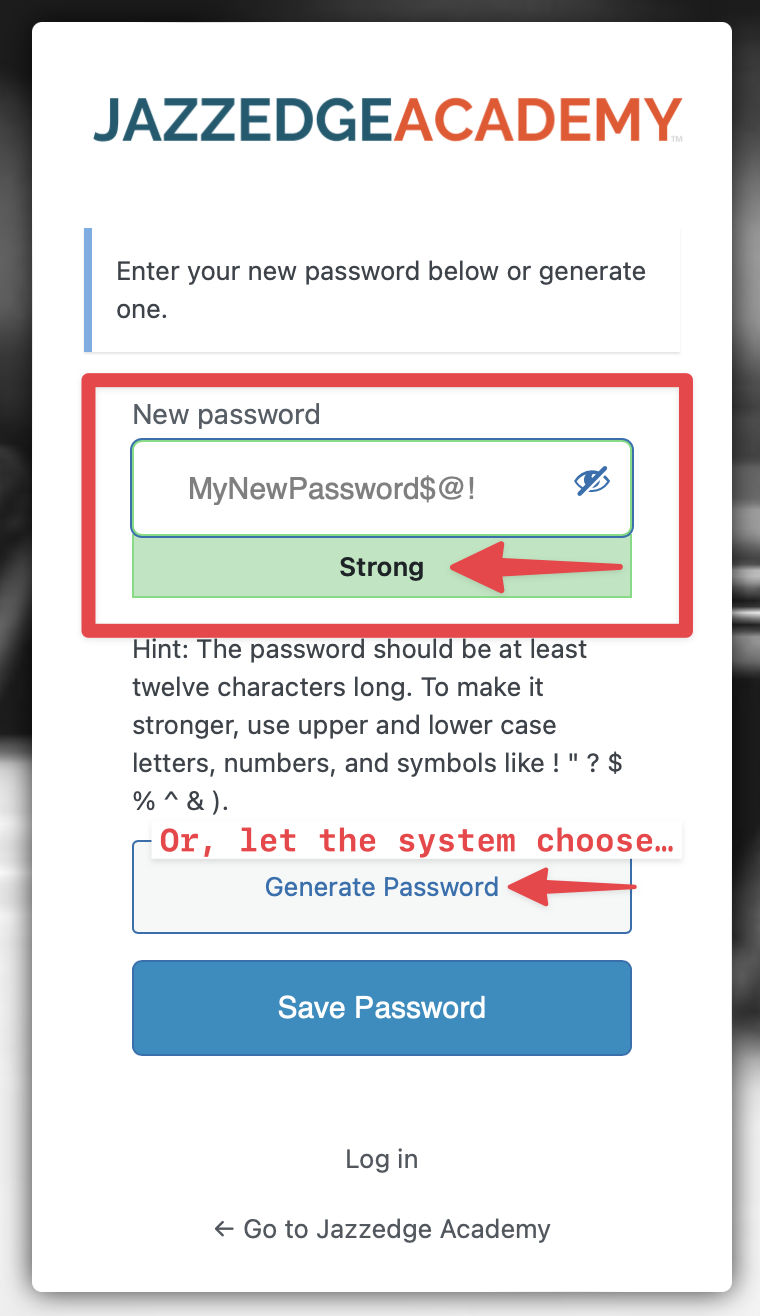Why Students Should Always Check the Event Timezone
In today’s interconnected world, students often find themselves engaging in events, webinars, and online courses that span across different time zones. One significant aspect that can cause confusion and lead to missing out on important events is the concept of Daylight Savings Time (DST). This article aims to shed light on why it is crucial for students to always check the event timezone and ensure it is correctly aligned with their local time, especially when dealing with Eastern Time (ET) as a reference.
Understanding Daylight Savings Time
Daylight Savings Time is a practice where the clocks are set forward by one hour during the warmer months to extend the evening daylight. This change typically occurs in the spring and is reversed in the fall. However, not all regions observe DST, leading to potential confusion when planning to attend events in different time zones.
The Impact on Time Zone Conversion
When events are scheduled in Eastern Time, which observes DST, and students are in a different time zone or in a region that does not observe DST, the time difference can vary throughout the year. This variance can lead to miscalculations when converting the event time to the local time, resulting in students missing their events.
Checking Time Zones Against Eastern Time: Recommended Solutions
- Use World Clock Websites: Websites like timeanddate.com or worldtimebuddy.com allow users to compare time zones and consider DST changes. These platforms offer an intuitive way to see the current time in different zones and help calculate the correct time for future events.
- Add to Calendar: When registering for an event, opt to add the event to your digital calendar. Make sure to include the time zone when saving the event. Most digital calendars (such as Google Calendar or Microsoft Outlook) automatically adjust for DST and display the event in your local time.
- Set Reminders: As an extra precaution, set multiple reminders leading up to the event, including a day before and a few hours before the event starts. This practice can help mitigate the risk of missing out due to a time zone miscalculation.
Conclusion
Checking and verifying time zones against Eastern Time, especially during the DST period, is essential for students to ensure they do not miss out on valuable opportunities. By utilizing online tools, digital calendars, and setting reminders, students can navigate through the complexities of time zone differences and DST adjustments with ease. Making it a habit to double-check time zones for every event can save a lot of stress and ensure a smooth and productive educational experience.


















